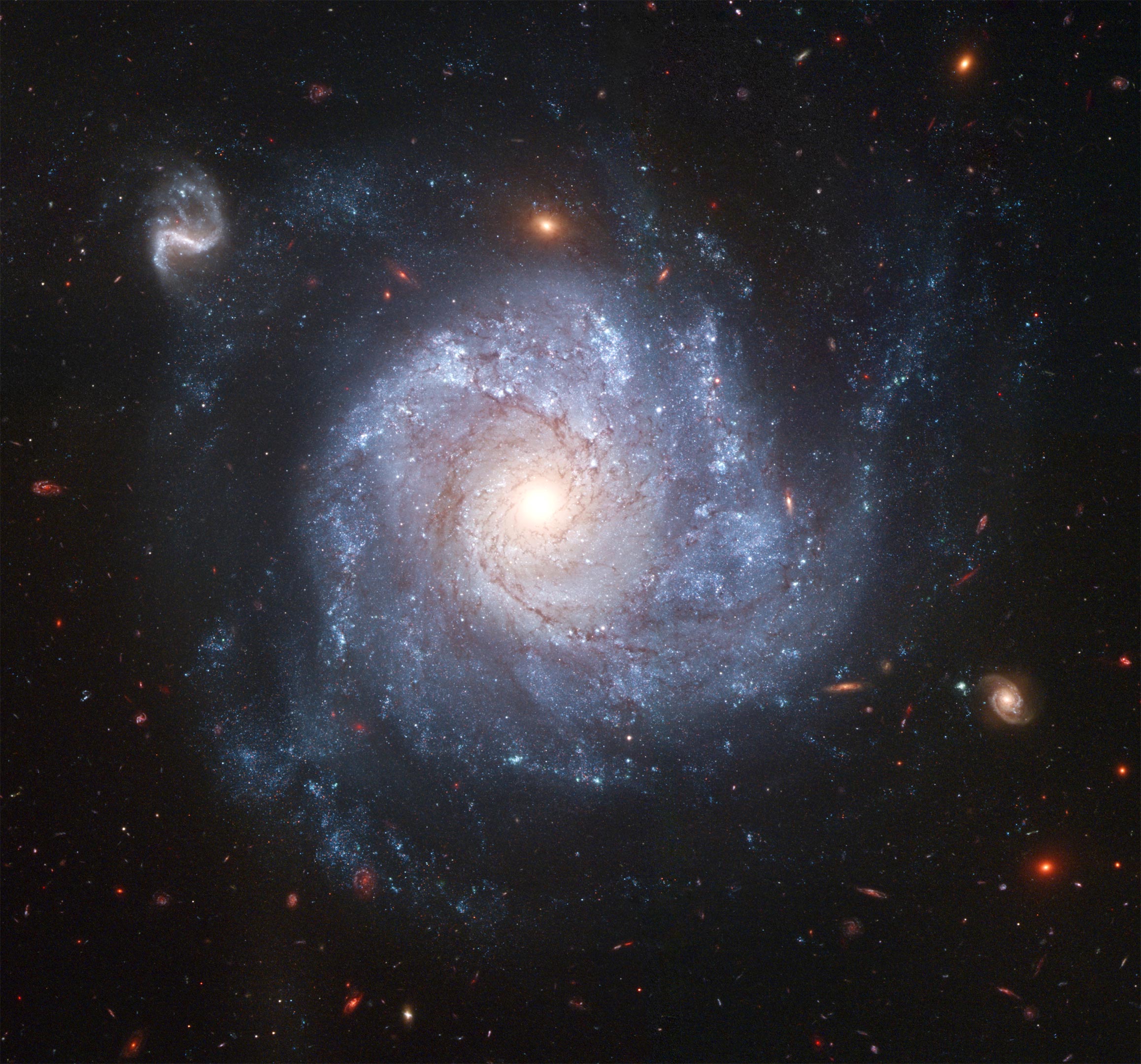
Not only had it survived, but the star was actually even brighter after the supernova than it had been before.
These thermonuclear supernovae, known as Type Ia supernovae, are some of the most important tools in astronomers’ toolkits for measuring cosmic distances.Astronomers agree that they are the destruction of white dwarf stars — stars roughly the mass of the sun packed into the size of the Earth.
One theory posits that the white dwarf steals matter from a companion star.
When the white dwarf gets too heavy, thermonuclear reactions ignite in the core and lead to a runaway explosion that destroys the star.
SN 2012Z was a strange type of thermonuclear explosion, sometimes called a Type Iax supernova.Because they are less powerful and slower explosions, some scientists have theorized that they are failed Type Ia supernovae.
Analysis of this data in 2014 was successful — scientists were able to identify the star at the exact position of the supernova 2012Z.
This was the first time that the progenitor star of a white dwarf supernova had been identified.
“Either the star would have completely gone away, or maybe it would have still been there, meaning the star we saw in the pre-explosion images wasn’t the one that blew up.
Nobody was expecting to see a surviving star that was brighter.
McCully and the team think that the half-exploded star got brighter because it puffed up to a much bigger state.Paradoxically, for white dwarf stars, the less mass they have, the larger they are in diameter.
For decades scientists thought that Type Ia supernovae explode when a white dwarf star reaches a certain limit in size, called the Chandrasekhar limit, about 1.4 times the mass of the sun.“The implications for Type Ia supernovae are profound,” says McCully.Now we need to understand what makes a supernova fail and become a Type Iax, and what makes one successful as a Type Ia.”H
Reference: “Still Brighter than Pre-explosion, SN 2012Z Did Not Disappear: Comparing Hubble Space Telescope Observations a Decade Apart” by Curtis McCully, Saurabh W.